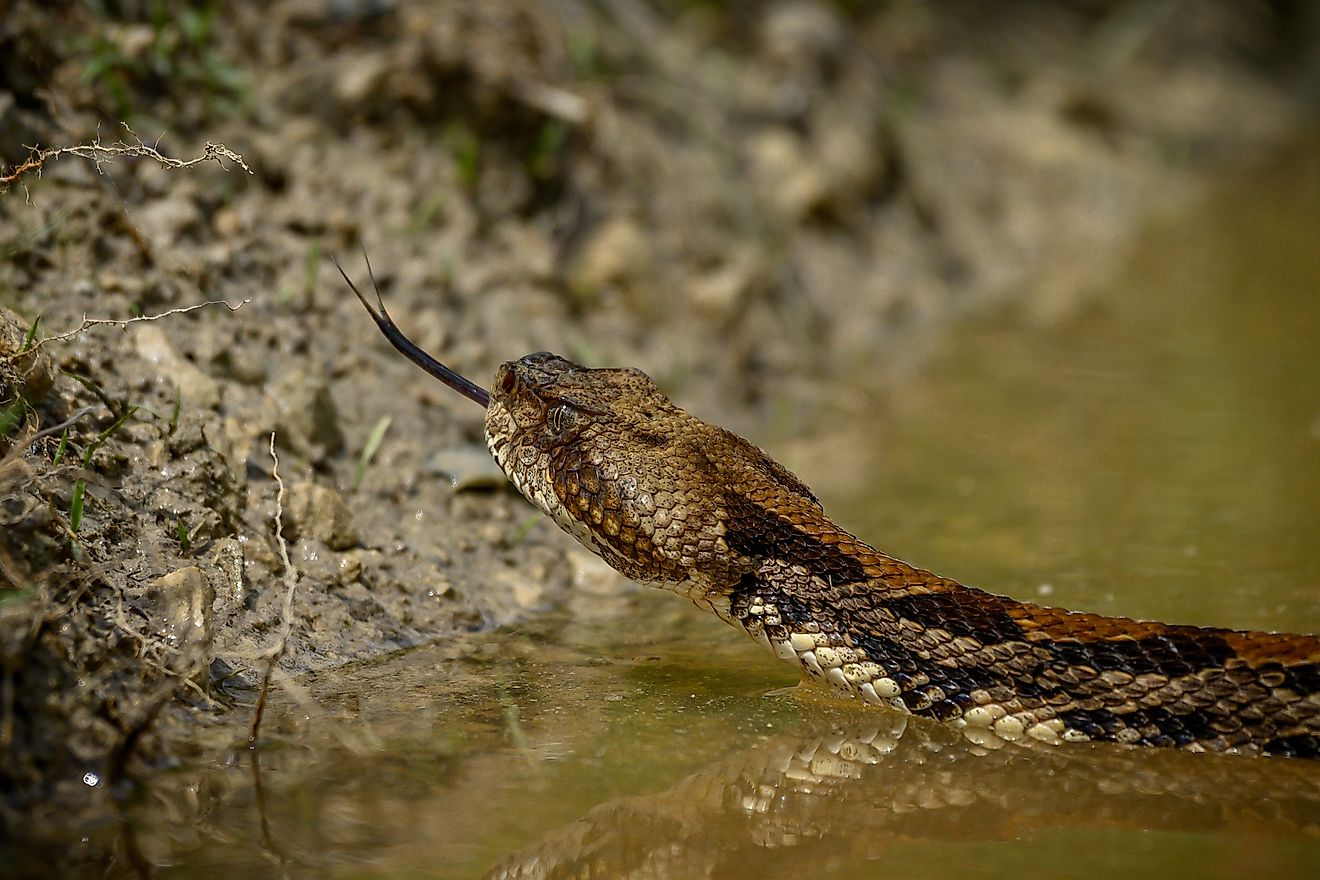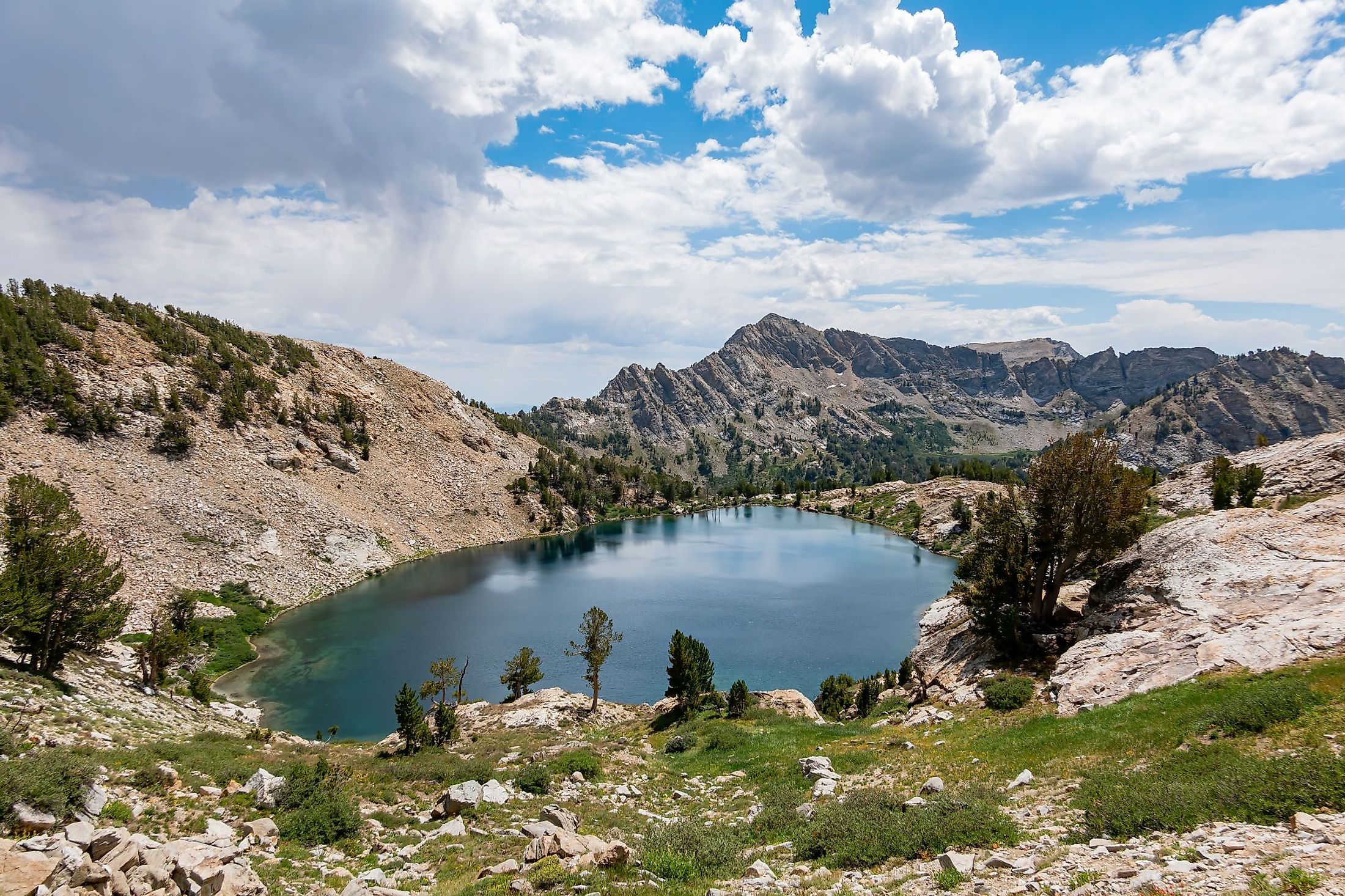
Liberty Lake, Nevada
Perched high up in the Ruby Mountains in the northwestern portion of Nevada, Liberty Lake is a popular hiking and camping destination for wilderness enthusiasts. Mountainous peaks and deep canyons carved by years of glacial movement encompass this high-alpine body of water. Currently, the surrounding area and the Ruby Wilderness Mountains are protected by the United States Forest Service and the Department of Agriculture.
Geography Of Liberty Lake
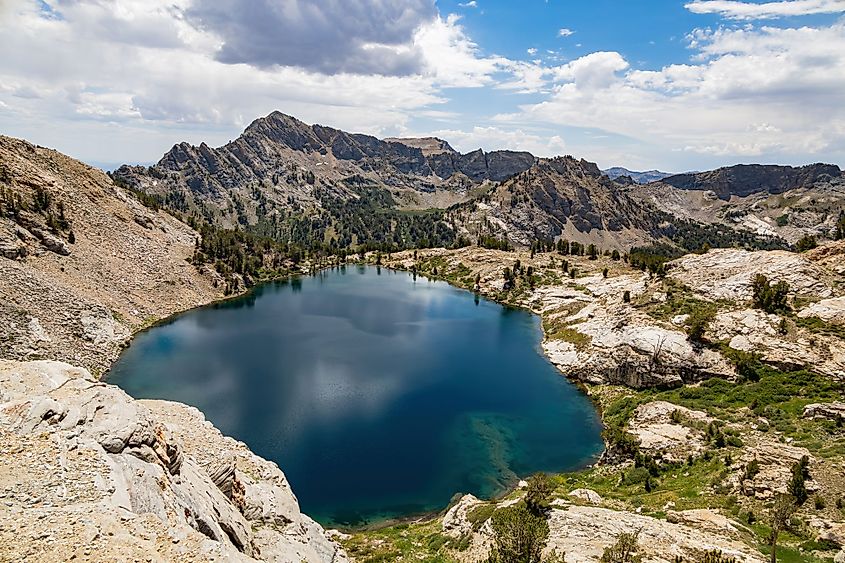
Liberty Lake rests at an elevation of 3,060 meters above sea level in Nevada's Elko County. The lake is technically a tarn, a pool of water created by glaciers that cut large holes into the mountain. The pommeling of the glaciers created a deep cirque lake, with a depth of 33 meters. Moraines dam the body of water, thanks to the glacial till deposits from receding glaciers. Liberty Lake sits in the center of the Ruby Mountain Range; this range has ten peaks that stand over 3,000 meters, with the tallest mountain being the Ruby Dome, with a height of 3,471 meters. Elko, Nevada, just over 50 kilometers northwest of the lake, is the central hub for adventurers to access the Ruby Mountain Wilderness. Unfortunately, you cannot drive to the lake – once travelers have hit the trailhead, they'll have to disembark on a 7-kilometer hike and climb up an elevation of 629 meters. Hikers will bypass the Lamoille Canyon Scenic Byway taking in the breathtaking views of "Nevada's Yosemite."
Climate Of Liberty Lake
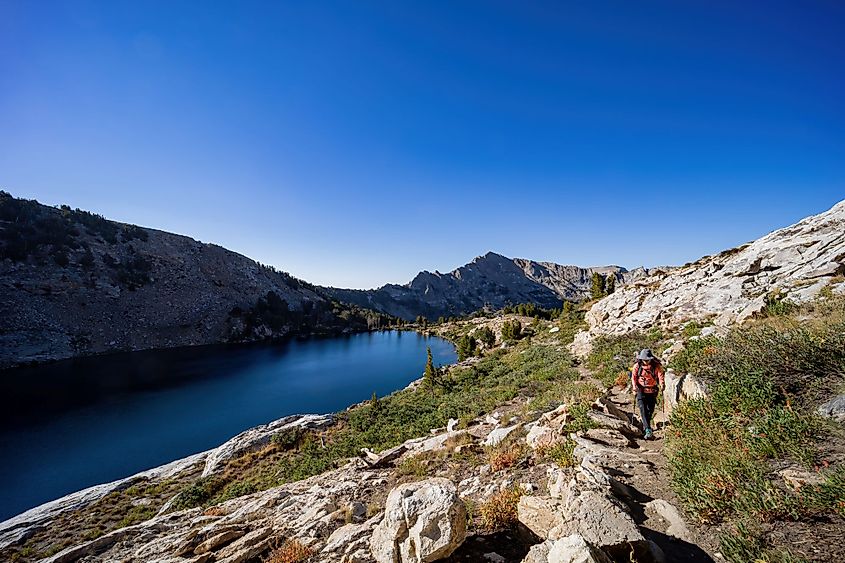
The alpine lake experiences all four seasons with an average of over 60 days of snowfall each year. Winters at the cirque have a very deep snowpack, and the lake would completely freeze as lows stay below 0˚C from November until April. Winter sports such as backcountry skiing, snowboarding, and snowmobiling is prevalent in this region – but extreme athletes must stay up to date with weather conditions as avalanche activity can be very high in the backcountry. May is the year's wettest month, as roughly 70 millimeters of precipitation will soak the area in just seven days. While spring temperatures rise, the thick snowdrifts stay on hiking trails until June. In the summer, the daily highs are 28˚C, and in July, the sunshine will clear the footpaths of any snow – creating an ideal climate for trekking, camping, and fishing in the Rubies. Rainfall is minimal during the warm summer months due to the proximity of the Great Basin Desert. The four-month window for summer activities at Liberty Lake ends in October, as temperatures plummet and the snow will begin to cover the high peaks.
Ecology Of Liberty Lake
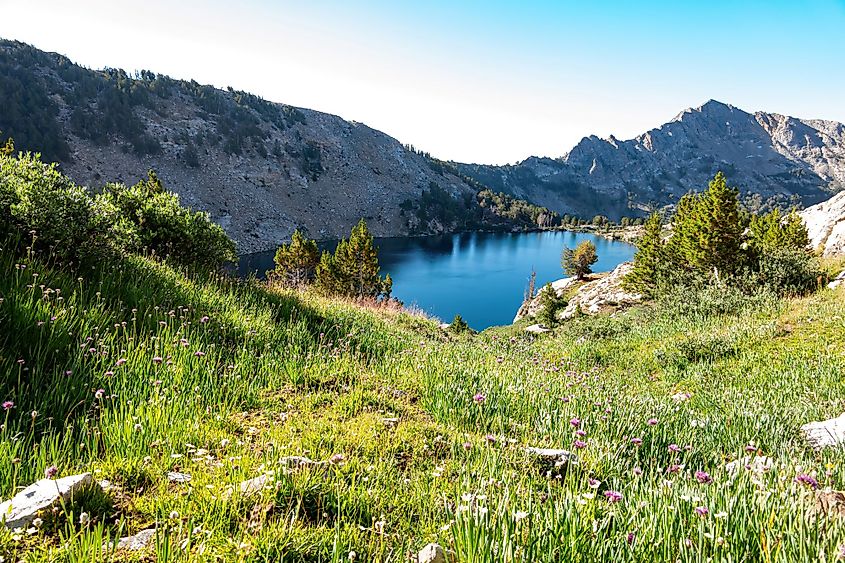
The body of water is home to brook, rainbow, and the vulnerable Lahontan Cutthroat Trout. The Nevada Department of Wildlife continues to stock Liberty and the surrounding high alpine lakes with the different trout species, including the golden trout. Unfortunately, the Golden Trout cannot survive in the cold waters of Liberty Lake. Frigid winters make it difficult for the fish species to survive, regardless of the lake's depths. The Nevada Department of Wildlife stocks the waters in the Ruby Mountain Wilderness, and the division will supply the declining species immediately if they notice that the population rates are declining.
Several wildlife introductions have been introduced to the area recently, including the Himalayan Snowcock, Hungarian partridges, and other animals. These non-native species have found a way to thrive in this rugged landscape. Mountain goats, bighorn sheep, cougars, bobcats, and mule deer inhabit the lake and surrounding highlands. Sadly, there are no bears in the area as ranchers poached them in the early 1900s. In contrast, some visitors claimed to have spotted a couple of wolves from a distance. Golden eagles and other types of birds of prey nest in the mountains and soar over the beautiful lakes and canyons sprawled across the Ruby Mountains.
History Of Liberty Lake
The Western Shoshone tribes called this mountainous region home for hundreds of years before the arrival of the European pioneers. As the great gold rush of the 1800s was in full swing, prospectors from California made their way into the rivers and brooks in Nevada. As the miners panned upstream seeking golden nuggets, they were not pulling out their desired golden flakes. As a result, they discovered red gems and claimed the area to be full of rubies, hence the name the Ruby Mountains. After testing the jewels, it turned out they weren't rubies – they were garnets, a cheap and common typical rock. However, there was no discovery of rubies in the area, but its spectators claim this is a gem for Nevada. The early explorers left behind the natural beauty in search of their precious gold – the state government established the Ruby Mountain Forest Reserve in May of 1906. Nevadan residents and tourists could enjoy over 90,000 acres of dramatic terrain for decades, and in 1989 the Nevada Wilderness Protection Act renamed the Ruby Mountain Wilderness reserve.
